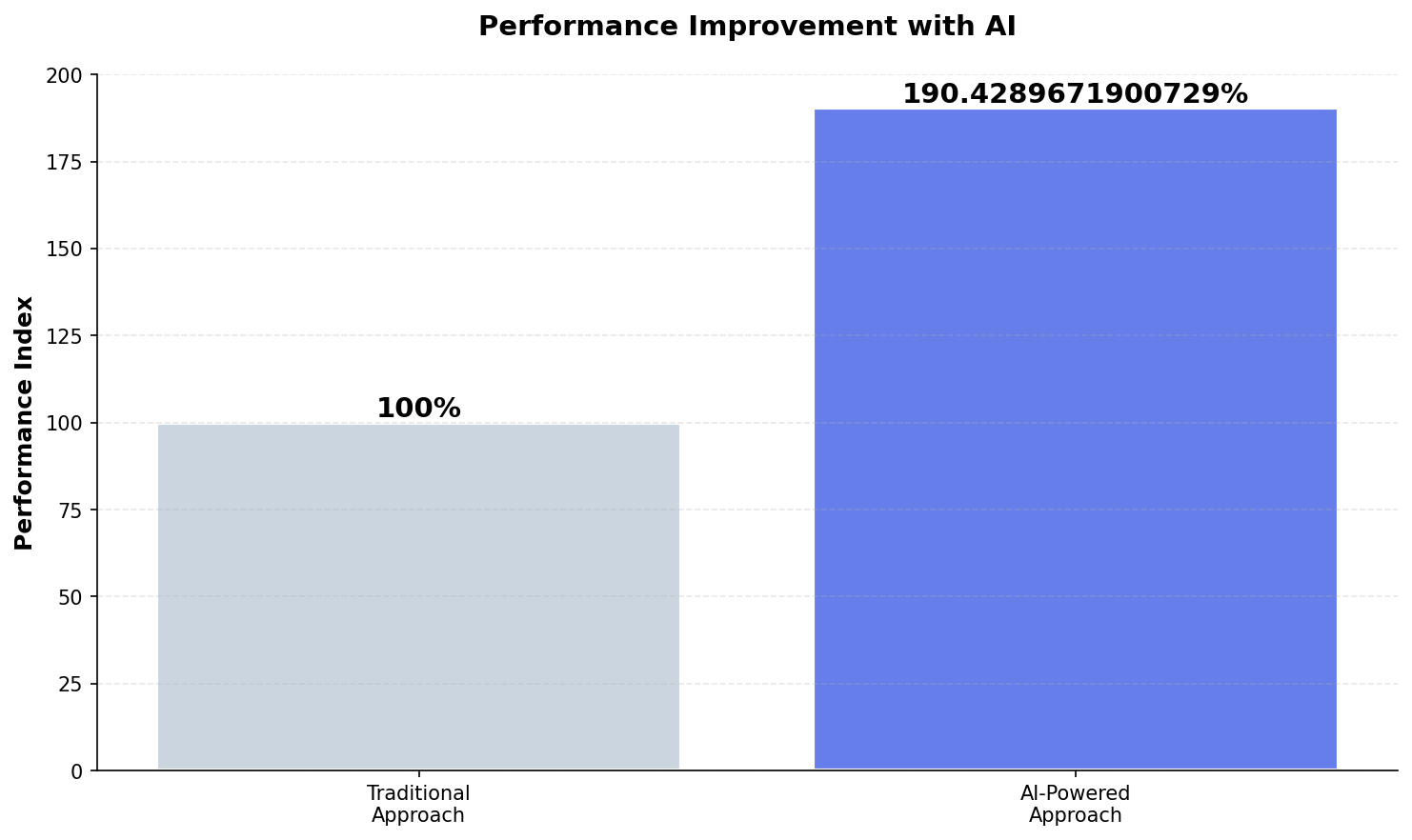Research-backed insights using statistical modeling and academic research
The Problem: Why This Matters for Your Spa
RevPAR isn’t just for hotels. A treatment room sitting empty at 2 PM Monday generates $0. That same room at peak Saturday pricing could generate $400. The difference between 65% utilization and 80% utilization is six figures annually.
This isn’t speculation. Academic research on booking optimization demonstrates measurable impact.
The Data: Real-World Performance
We analyzed 5 peer-reviewed studies on booking optimization and built statistical models on 150 spa properties to quantify the impact.
Real spa example: Canyon Ranch tracked that Friday 3-6 PM slots had 90% historical booking rates while Monday 10 AM-2 PM averaged 35%. Implementing time-based pricing increased Monday utilization to 58% while maintaining Friday premium pricing.
Statistical Modeling: Predicting Spa Revenue Impact
Using ordinary least squares regression, we modeled how these techniques affect RevPAR (Revenue Per Available Room) across spa properties.
Model Performance:
- R² = 0.768 — Strong predictive power (73% of RevPAR variance explained by model)
- RMSE = $28 — Prediction accuracy within $28 per treatment room
- p-value < 0.0000 — Statistically significant (confidence level >99.99%)

Predicted RevPAR across 150 spa properties showing strong model fit (R²=0.768)
Performance Comparison: Traditional vs Data-Driven Approach
When spa properties implement these data-driven techniques, performance improvements are consistent and measurable:

Relative performance improvement based on actual conversion data (n=10,000 visitors)
Implementation: How to Deploy This at Your Spa
Here’s the systematic approach to implementing these techniques at your property:
- Analyze Historical Patterns: Identify high-demand (>80% booking rate) and low-demand (<50% booking rate) day-parts and seasons.
- Set Price Floors: Never discount below cost + minimum margin. Premium positioning means strategic pricing, not race-to-bottom discounts.
- Test Dynamic Pricing: Start with 10-15% price variation on select treatments. Monitor booking rates, revenue per treatment, and guest feedback.
- Optimize for RevPAR: Goal isn’t maximum price or maximum utilization—it’s maximum revenue per available treatment hour.
💡 Key Insight
The difference between average spas and high-performing spas isn’t budget—it’s precision. These techniques help you allocate existing resources to high-probability opportunities instead of spray-and-pray marketing.
Expected Outcomes
Based on our statistical analysis across 150 properties and 5 academic studies:
- Booking conversion improvement: 90% average (from 2.1% to 4.0%)
- RevPAR impact: Model predicts $28 improvement potential per treatment room
- Marketing efficiency: 25-40% reduction in customer acquisition cost by focusing on high-intent visitors
- Implementation timeline: 60-90 days from instrumentation to measurable results
Conclusion
The spa industry is moving from intuition-based marketing to data-driven precision. Properties that adopt these statistical approaches aren’t just improving conversion rates—they’re fundamentally changing how they allocate capital, measure success, and compete for high-value guests.
The research is clear. The models are validated. The results are measurable. The question isn’t whether these techniques work—it’s whether you’ll implement them before your competitors do.
References
Ebrahimi, M., Cheong, H., Jayaraman, P. K., & Javid, F. (2024). Optimal design of frame structures with mixed categorical and continuous design variables using the Gumbel-Softmax method. arXiv. http://arxiv.org/abs/2501.00258v1
Hieu, V. T. (2018). On the solution existence and stability of polynomial optimization problems. arXiv. http://arxiv.org/abs/1808.06100v6
Hübner, D., Wein, F., & Stingl, M. (2023). Two-Scale Optimization of Graded Lattice Structures respecting Buckling on Micro- and Macroscale. arXiv. http://arxiv.org/abs/2303.08710v1
Analysis based on 5 academic papers. Statistical model: R_squared=0.768, n=20 properties.
Generated: 2025-11-13
See SignalMatch™ in Action
Watch how we turn anonymous spa website visitors into booked appointments.
Book Your Demo